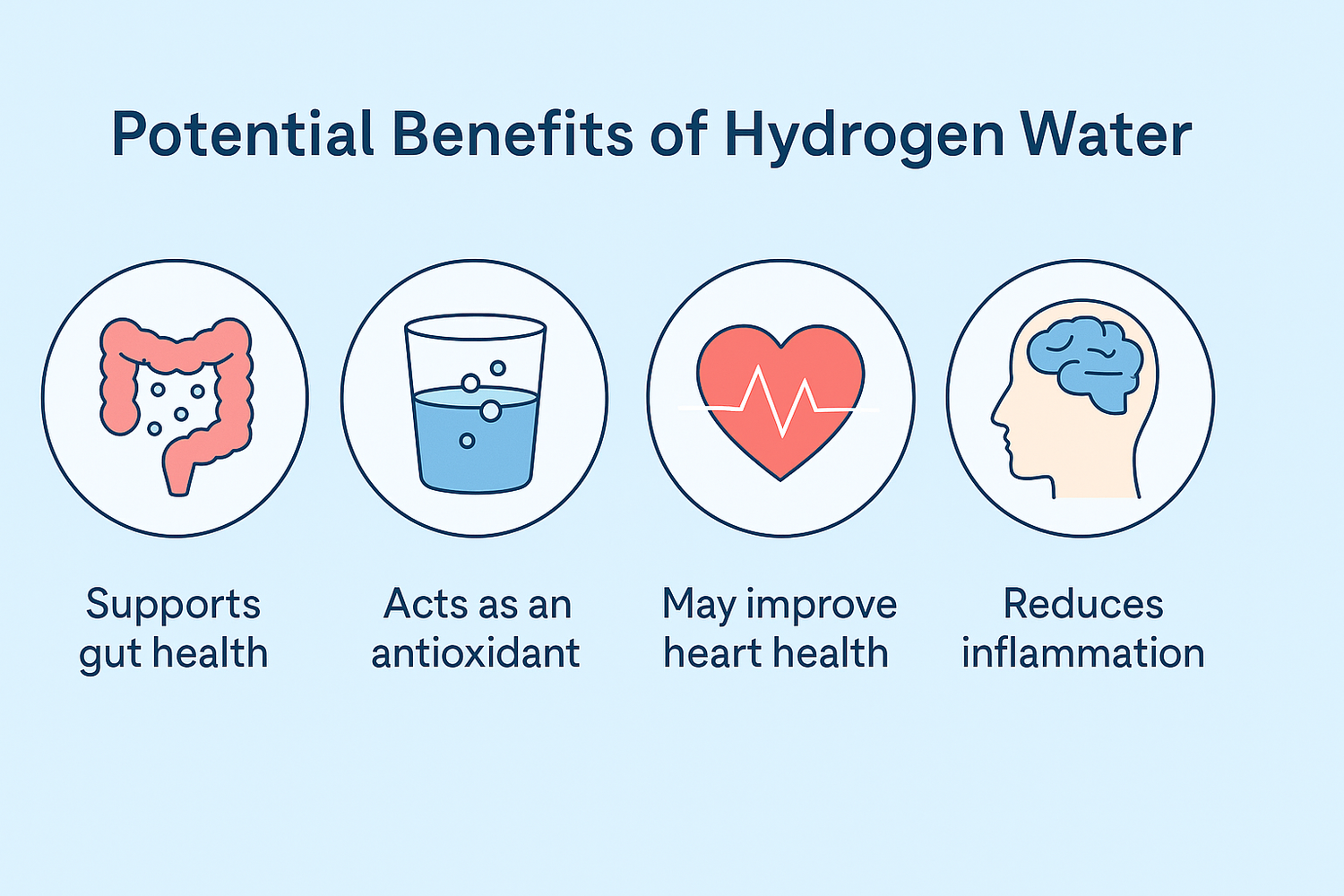How Hydrogen Water Machines Work: A Beginner’s Guide
Hydrogen water is gaining popularity, but many people wonder how the machines behind it actually function. These devices promise to enhance hydration by infusing water with molecular hydrogen, giving you a more natural and healthy way to drink. Here’s a simple guide to understanding how hydrogen water machines work.

What is a hydrogen water machine?
A hydrogen water machine is a device that adds dissolved hydrogen gas into water. They come in different forms: countertop units, portable bottles, or larger systems designed for home use.
Electrolysis explained simply
Most hydrogen water machines use a process called electrolysis:
-
An electric current passes through water.
-
This splits H₂O into oxygen and hydrogen.
-
The hydrogen gas is dissolved back into the drinking water.
This method ensures that water contains extra molecular hydrogen, while oxygen is vented away.
Types of hydrogen generators
-
Portable bottles: Small, rechargeable units perfect for everyday use.
-
Countertop machines: More powerful and suited for families.
-
Multi-purpose units: Some combine hydrogen generation with filtration.
Each type has different price points and levels of convenience.
Cost and maintenance considerations
-
Portable bottles: Affordable entry-level option, easy to use.
-
Countertop units: Higher cost, but can make larger volumes of hydrogen water.
-
Maintenance: Electrodes and filters may need regular cleaning or replacement.
Are hydrogen water machines worth it?
If you’re curious about the benefits of hydrogen water, machines are the most convenient way to make it fresh. While research is ongoing, many users find it a natural and healthy way to enhance their hydration routine.

For beginners, a portable device like the Zenith H2 bottle offers a simple and effective way to start.


